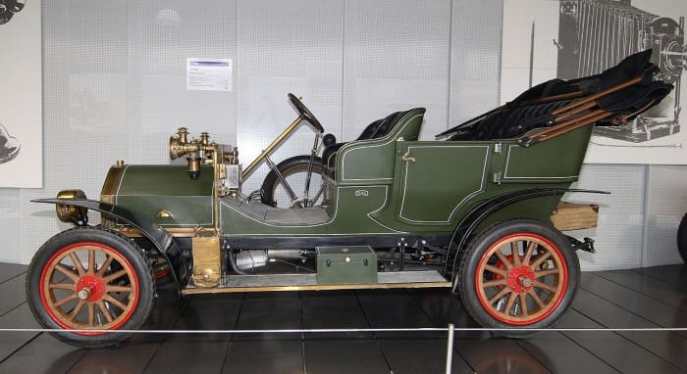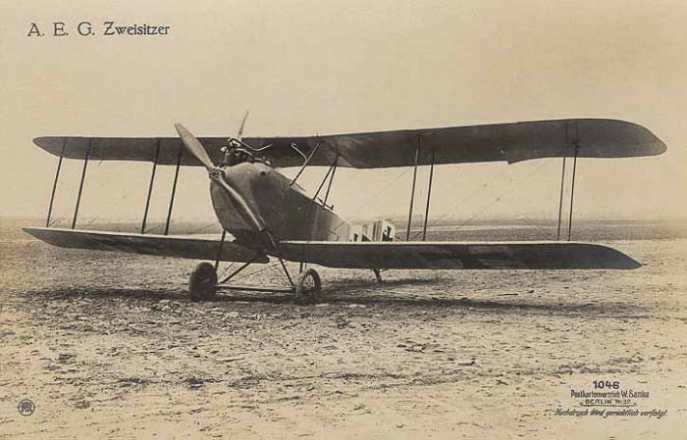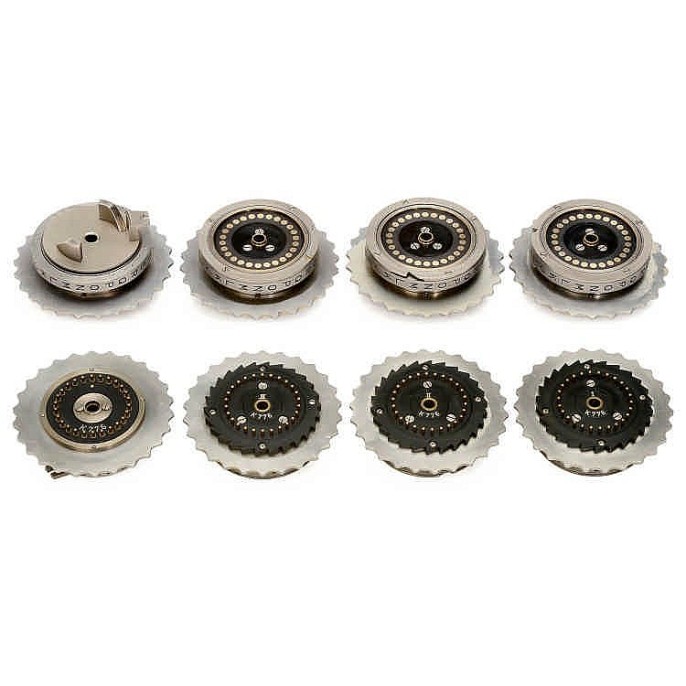The post below was written by Kat Gibbons and published at Appliance City UK’s, acitylife blog on 26 November 2015. Gibbons does an excellent job tracing the outstanding history and contributions of the German electrics firm, AEG. For them, everything had electric potential. The image of the one million volt utility transformer, created in Berlin in 1931, is awesome in its design – as well as super in its photographic aesthetic.
AEG – Perfekt in Form und Funktion
From lightbulbs to heavy machinery to airplanes and breaking land speed records, AEG has touched every facet of the electrical industry for more than a century.
AEG was founded in Berlin, Germany in 1883 by Emil Rathenau.

Herr Rathenau had acquired the rights to Edison’s lightbulb patent that same year. It was the beginning of AEG’s extensive and illustrious history in electronics engineering and manufacturing.
AEG’s original name was Deutsch Edison – Gesellschaft für angewadte Elektricität. In 1887, the company changed it’s name to Allgemeine Elektricitäts – Gesellschaft (AEG) removing Edison from the name of it’s company. By this time, AEG had far surpassed manufacturing lightbulbs and had moved on to bigger electrical milestones.
1891 saw one such milestone completed when AEG completed a massive electrical hurdle at the International Electrotechnical Exhibition in Frankfurt. Two of their key electrical designers powered 1000 lightbulbs over the span of 109 miles from a hydro electric power plant to the exhibition. This feat was the beginning of an bringing widespread electricity to Germany.

In 1894, AEG purchased a third property to house one of it’s factories, a cattle market. This cattle market had rail access. In order for their factories to have rail access between them AEG had Siemens & Halske construct an underground railway tunnel. This tunnel is still standing today and is now in use by Germany’s public transportation department.
In 1896 AEG was already excelling at home appliances and home comfort products. It’s catalogue boasted a fantastic eighty products for customers and businesses to choose from. These products included everything from coffee machines to hot plates.
At an exhibition in 1889 AEG announced a line of electric personal care items including curling tongs, cigar lighters and tea kettles. Only two years later the hair dressing world would be forever changed with AEG’s invention of the hair dryer. I mean, where would we be without them today!? Poofy haired. That’s where.
In 1902 like other electrical manufacturers of the time, AEG entered into the automotive industry. With the purchase of Külstein in 1902, AEG announced Neue Automobil Gesellschaft and it’s production of cars.
From 1902 – 1908 AEG (Neue Automobil Gesellschaft) produced four separate models of cars but discontinued their production in 1908.

In 1903, AEG (competing with Siemens & Halske) broke the world speed record for rail vehicles at 131 miles per hour with this electric locomotive.

Later that year, AEG’s radio company and Siemens & Halske merged to create Telefunken.

In 1907 the illustrious Peter Behrens joined AEG as their artistic advisor. Originally he was brought in to design their buildings but he went on to design the bulk of their original appliance product lines as well. From his work with AEG Peter Behrens has been knows as the creator of the corporate identity and the Father of German Industrial Design. In the AEG factory he designed he made room for turbines to move above machinery on the warehouse floor creating a fully workable, efficient factory.

In 1908, AEG begins production of it’s line of electric fans, adding to its line of home comfort products.
In 1910, AEG makes leaps and bounds into a completely different direction than home comfort products and electricity into the world of aeroplanes. Hennigsdorf was the site of the AEG aeroplane factory built in 1910. Their original aircrafts were modelled after the Kitty Hawk, North Carolina Wright Brothers biplane design.

From 1912 – 1918 AEG was the major manufacturer or World War I bombers. The most popular and widely used was the AEG G IV.

In 1917 AEG would be in the record books again. This time with one of it’s own aircraft, setting the world record for a high altitude flight. But with the end of World War I in 1918, AEG ended it’s production of aircraft.

On the 14th of April 1913 AEG delivered the first of it’s long distance electrical locomotives. These locomotives would go beyond the distances of the electrical trams systems of the time.

The 1920’s was a time of fantastic growth for AEG. They increased their electrical goods line massively including the production of steam turbines, electric motors, transformers, vacuum tubes, fuses and starters. They really were the electrical manufacturing company that you could go to for absolutely any of your electrical needs.
With the beginnings of Hollywood and silent films in North America, AEG was making it’s own advancements in television broadcasting in the mid 1920s. In 1924 AEG (AEG Telefunken) started it’s production of television / television sets and in 1928 they put their first television set on display at the German Radio Exhibition in Berlin.

1929 saw AEG further branch out into home appliances with the introduction of refrigerators driven by compressors and irons that included temperature controls. Whilst AEG continued to expand it’s home comfort line it still worked on greater electrical masterpieces, including the first high performance locomotive in 1938.

Following the merger of Siemens & Halske and AEG to create Telefunken in 1903 the partnership was steadfast until AEG bought Siemens out in 1941 becoming a single enterprise.
1950 saw an explosion of advanced home comfort appliances including the start of AEG’s cooling range. In 1950 AEG also launched the first automatic washing machine and by 1953 their Nuremburg factory was producing them for general demand.

1938 saw the production of the first fully automatic washing machine by AEG the “Lavamat” and they changed their tagline to “AEG – aus Erfahning gut” meaning “AEG – Good from Experience”.

3 January 1963 saw another telecommunications advancement with AEG Telefunken. AEG showcased their first colour television for the European Broadcasting Union.
This advancement would change people’s leisure time forever, bringing colour to their entertainment. By 1970 AEG / Telefunken was the 12th largest electronics manufacturer and employed over 175,000 people.
On the utility side of AEG they also saw many advancements during the 1960s. In 1967 AEG achieved heating an entire city – Essen with its electrical stone heaters. Shortly after in 1972, AEG created the world’s largest diesel generator for use in Berlin’s Ghent Municiple Utilities. At this point, AEG had been building generators for nearly 100 years.

AEG’s ovens and hobs have come quite a way since they first introduced the fully electronic oven in 1976. AEG brought the first generation of induction hobs and other fantastic features to the kitchen since then.

Since the 1970’s parts of AEG have changed hands with different companies. The majority of AEG was purchased by Daimler – Benz in 1985 then in 1994 the AEG Hausgerate GmbH Nuremburg was purchased by Electrolux, this was the home comforts and appliances line of AEG. In 2004, AEG was fully incorporated into Electrolux.
For over 125 AEG has been innovating every facet of electrical systems and appliances. Today and for the future to come they will continue to set the standard for what is the best in high end white goods.
via ACityLife

























